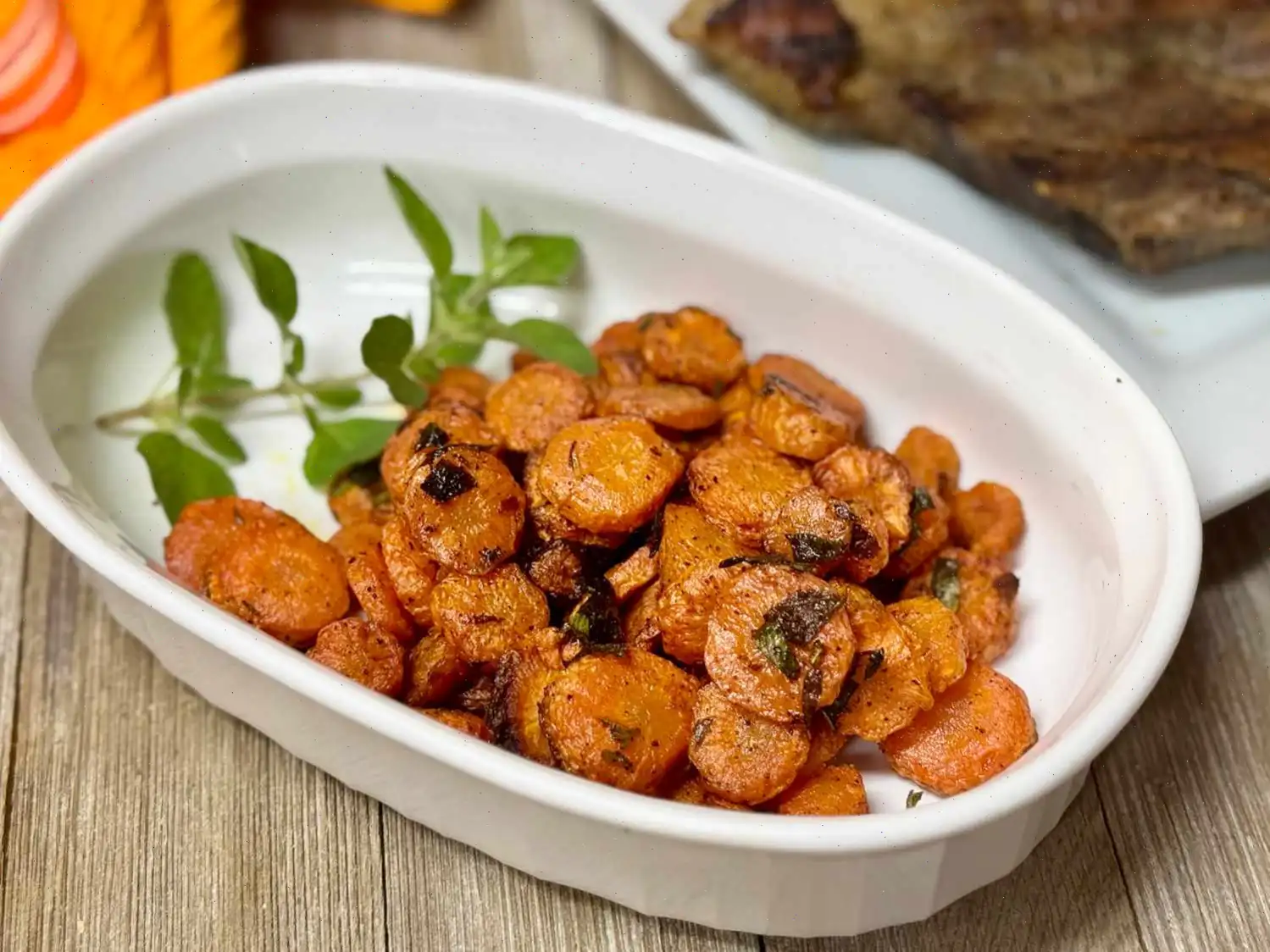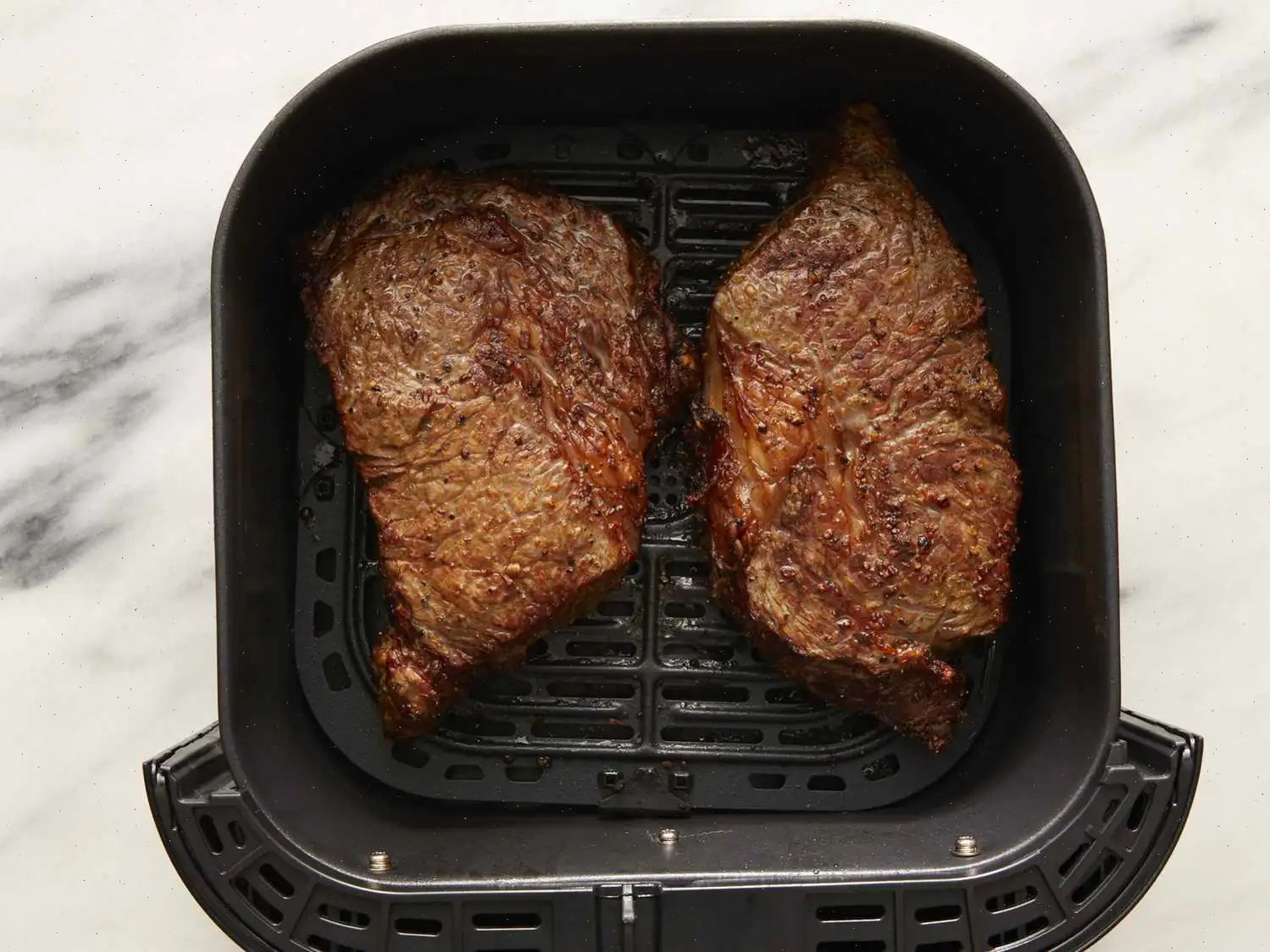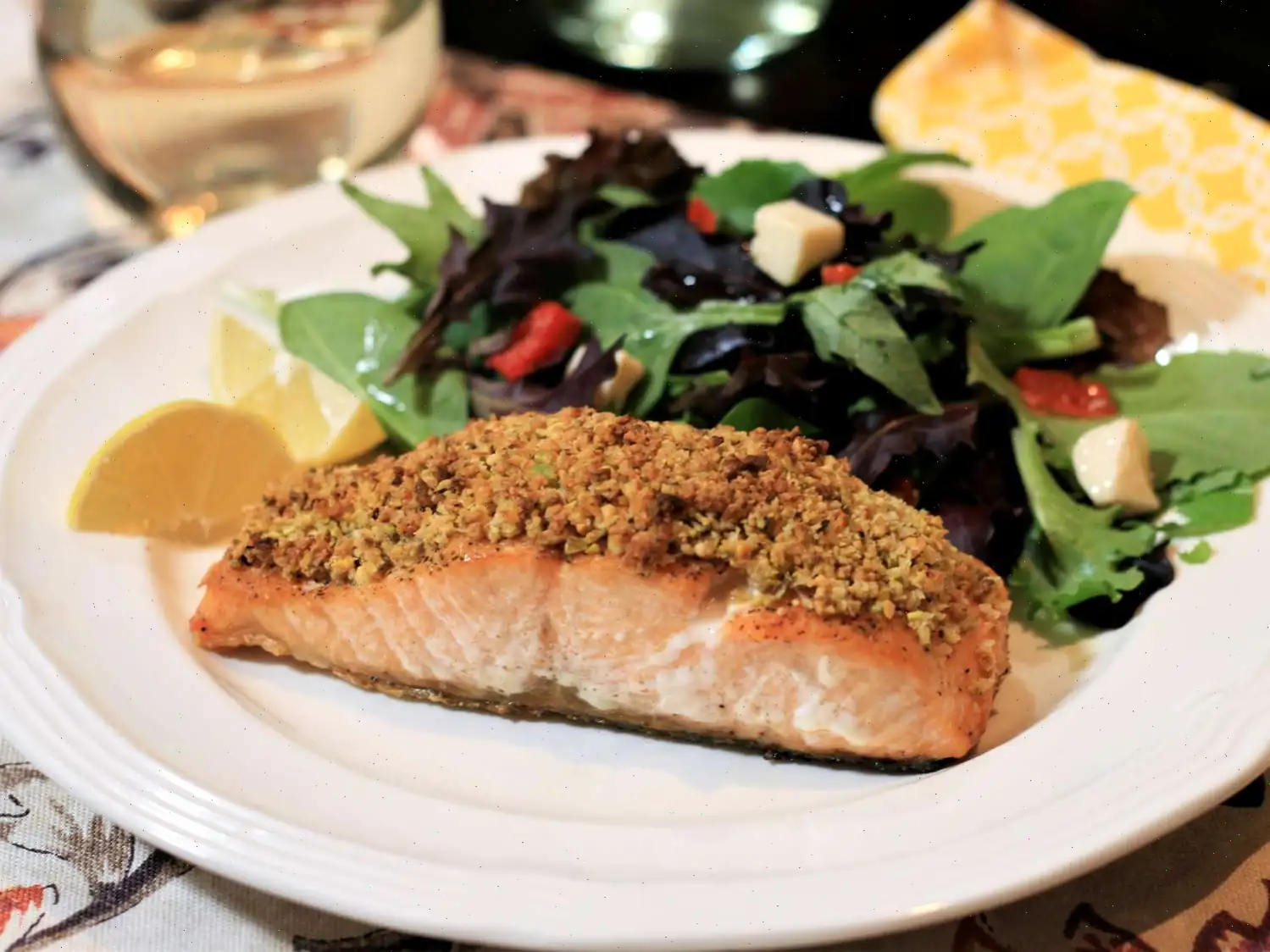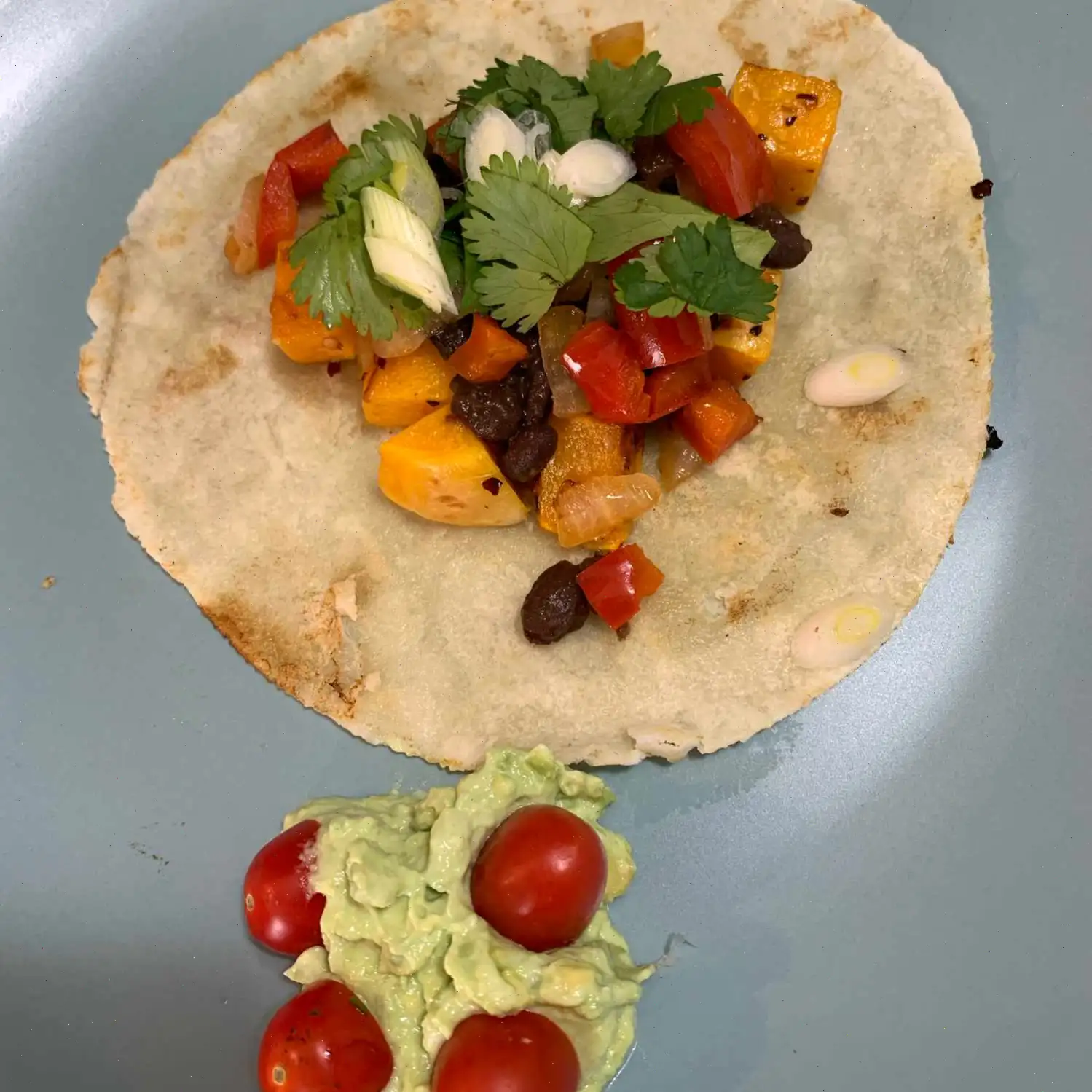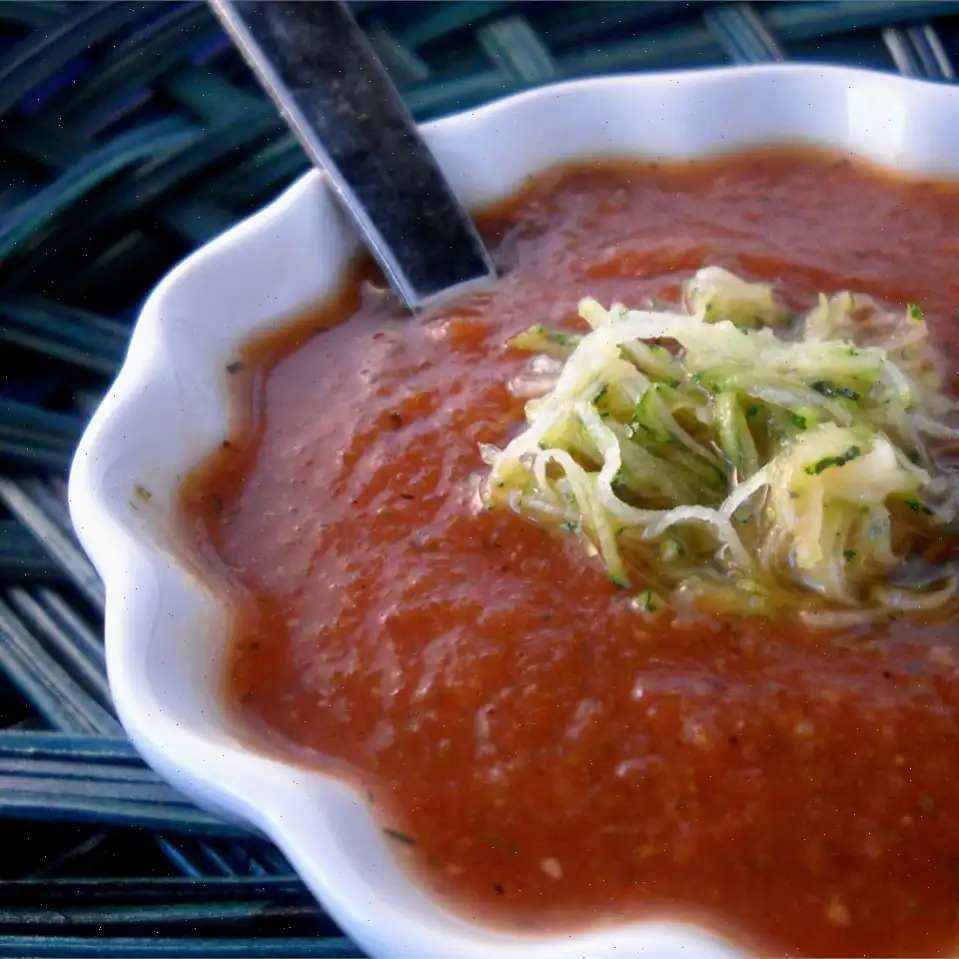
Oregano Roasted Carrots Recipe
These roasted carrots, infused with fresh oregano and a hint of olive oil, offer a simple yet flavorful side dish that pairs well with many meals.
Ingredients
- 1 pound carrots, peeled and sliced
- 2 teaspoons olive oil
- 1/4 cup chopped fresh oregano
- 1/2 teaspoon salt
- 1/8 teaspoon freshly ground black pepper
Directions
1. Preheat the oven to 375F (190C). Line a rimmed baking sheet with parchment paper for easy cleanup.
2. In a large bowl, combine the peeled and sliced carrots with olive oil, chopped oregano, salt, and pepper. Stir everything together until the carrots are evenly coated.
3. Spread the carrots in a single layer on the prepared baking sheet. Make sure they are evenly distributed for uniform roasting.
4. Bake in the preheated oven for 10 minutes. After 10 minutes, toss the carrots and return them to the oven for an additional 10 minutes or until they are tender and slightly caramelized.
5. Once roasted, remove from the oven and serve immediately as a delicious side dish.
Nutrition Facts (per serving)
| Nutrient | Amount | % Daily Value |
|---|---|---|
| Calories | 71 | - |
| Total Fat | 3g | 3% |
| Saturated Fat | 0g | 2% |
| Cholesterol | 0mg | 0% |
| Sodium | 331mg | 14% |
| Total Carbohydrate | 12g | 4% |
| Dietary Fiber | 5g | 19% |
| Total Sugars | 4g | - |
| Protein | 1g | 2% |
| Vitamin C | 4mg | 5% |
| Calcium | 102mg | 8% |
| Iron | 2mg | 11% |
| Potassium | 320mg | 7% |
Note: Percent Daily Values are based on a 2,000-calorie diet. Your daily values may vary depending on your specific dietary needs.
The Story Behind Oregano Roasted Carrots
Oregano roasted carrots, while seemingly a modern American side dish, have roots that trace back to the Mediterranean, where herbs like oregano were traditionally paired with vegetables to enhance natural flavors. Carrots themselves were first cultivated in the region of Persia (modern-day Iran and Afghanistan) and spread to Europe during the Middle Ages. Combining the sweet earthiness of roasted carrots with aromatic oregano reflects centuries of culinary evolution, blending vegetable roasting techniques with herb usage that was once common in Italian and Greek cooking.
Regional Variations and Characteristics
In the United States, oregano roasted carrots are typically made with fresh oregano and olive oil, emphasizing simplicity and highlighting the natural sweetness of the carrot. In Mediterranean countries, variations may include additional herbs like thyme, rosemary, or a drizzle of lemon juice after roasting. In Northern Europe, carrots may be roasted with a light sprinkle of brown sugar or honey, creating a sweeter profile. These subtle regional differences highlight how local ingredients and flavor preferences shape a dish while maintaining its core identity of roasted carrots with herbs.
How It Differs from Similar Dishes
While there are many roasted vegetable recipes, oregano roasted carrots stand out for their minimalistic approach. Unlike glazed carrots, which rely on sugar or syrups, or honey-roasted carrots that are intensely sweet, oregano roasted carrots balance savory herbal notes with natural carrot sweetness. The dish is also distinguished from root vegetable medleys by focusing exclusively on the carrot, allowing the flavor and texture of this single vegetable to shine without competing tastes.
Typical Serving Contexts
Oregano roasted carrots are often served as a side dish in casual family dinners, holiday feasts, and even at upscale restaurants seeking a simple yet elegant accompaniment. They pair well with roasted meats, poultry, or fish, and can also complement grain-based dishes like quinoa or rice. The dish is particularly popular during autumn and winter months when roasted vegetables are a staple, but it can be served year-round as a healthy, flavorful option.
Interesting Facts
One fascinating aspect of this dish is that roasting carrots enhances their natural sugars through the Maillard reaction, creating a depth of flavor without added sweeteners. Fresh oregano contributes antioxidants and aromatic compounds that elevate the dish while providing health benefits. Historically, herbs like oregano were used not only for flavor but also for medicinal purposes, linking this simple side dish to centuries of culinary and healing traditions. Additionally, the dishs minimal ingredient list makes it highly adaptable for dietary restrictions, appealing to vegetarians, vegans, and those seeking low-fat or gluten-free options.


